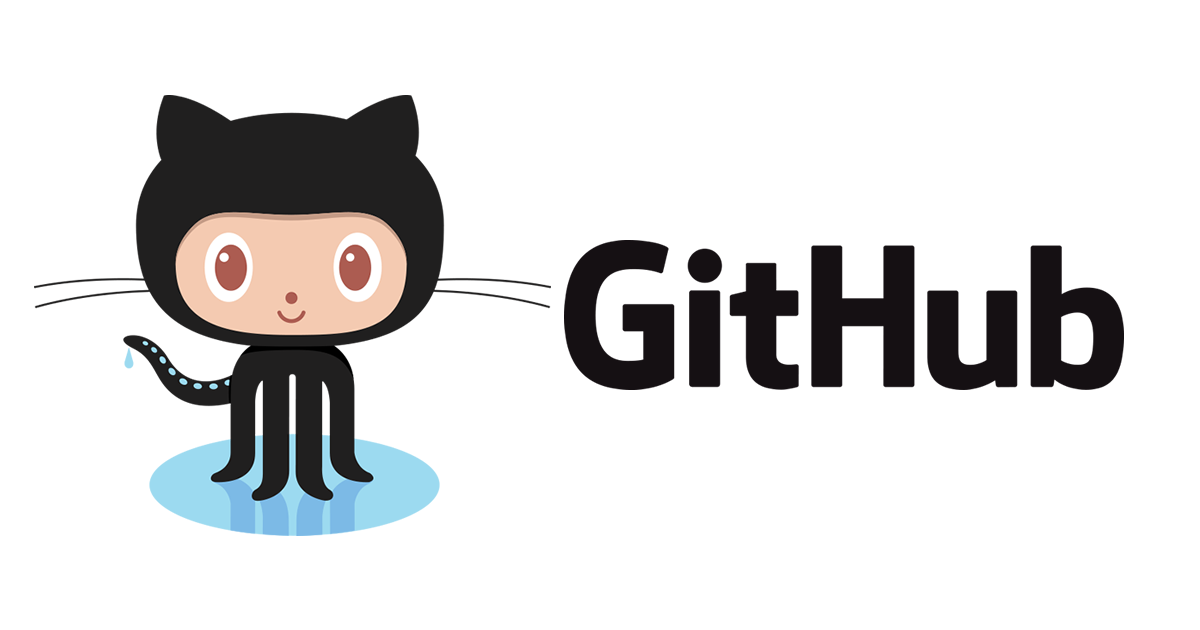Do you see the potential of the data available on GitHub?
GitHub is one of the most important platforms out there right now when it comes to signals about the interesting things companies are doing online. A lot of attention is spent on the potential of social signals from Twitter, Facebook, Instagram, and other popular platforms. However, GitHub is where the next generation of social signals will be coming from, understanding not just the useful code and tooling companies are developing, and using, but a wide range of other tech related projects that companies are using GitHub to for these days.
GitHub is primarily used to manage code. Providing an interesting look into how companies are working, and delivering the services they support. However, because of its versatility and utility, GitHub is also used for a variety of code adjacent projects, like operating an API platform, managing an internal hackathon, publishing open data sets, and many other tech associated projects. Providing a wealth of signals regarding what is going on at a company, organization, institution, or government agency, and how they work with partners, and the public via their open source efforts.
Many business people are intimidated by GitHub, because of its programmer origins. We like to introduce people to GitHub, as a Facebook for more technical projects. You have an account and profile just like Facebook, and you can interact with other users similar to Facebook, it is just that the central objects are code, definitions, data, and other documents, pushing social interactions beyond what Facebook is capable of. People are building companies on GitHub, similar to we’ve seen companies evolve within the Twitter, Facebook, and Instagram ecosystems over the last decade.  This business development and operation just is being done in different ways then you’d see occur on other social platforms, and takes a special lens to make sense of what is actually occurring.
This business development and operation just is being done in different ways then you’d see occur on other social platforms, and takes a special lens to make sense of what is actually occurring.
Using the GitHub API and RSS feeds you can subscribe to users, organizations, projects, and repos. Each of these objects come with their own set of data points and signals, and depending on the user, organization, project, and repo, you will want to adjust your signal tracking in different ways. Organizations and users operate on GitHub in different ways. Some are more observable, and available in a central organization, where others you will have to develop an org chart of users to be able to tune into the right signals. With a little strategic planning, and regular tactical adjustment, you can tune into relevant topics, companies, technologies, and other building blocks of the tech sector. Tapping into a wealth of signals about what the technology leaders are developing, and obtain visibility into their operations in a way that you cannot achieve via other social networks.
Some companies understand the value being generated daily on GitHub–this is why Microsoft acquired them. Eventually GitHub API access will have to evolve in a similar way we have seen with Twitter, Facebook, and LinkedIn in recent years. However, currently there is still platform wide API access to public organizations, users, projects, and repos, allowing anyone to tune into their competition, and understand what specific industries, topics, and other segments are up to at scale. Providing a treasure trove of real-time signals that you can tune into, representing one of the most relevant and important alternative data sources you can be tapping into in 2018. While some folks still have difficulty seeing the importance of GitHub, it won’t be long before that gives way, and everyone will be tapping the platform for relevant data that will drive their business and investments.
Header Image Credit: The New Stack


Follow us on social